
Comprehensive eye care services focused on improving vision and overall eye health.
Book An Appointment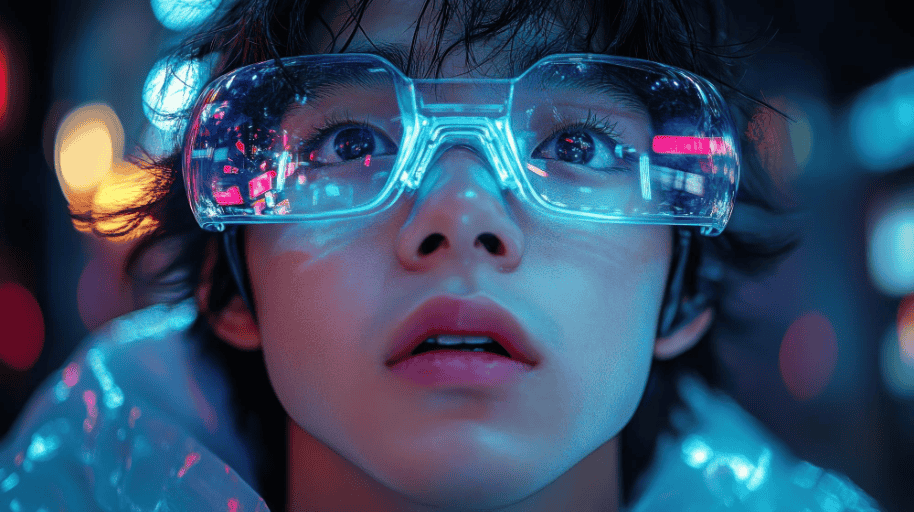
Children experience rapid growth, and their vision needs evolve just as quickly.
Get in Touch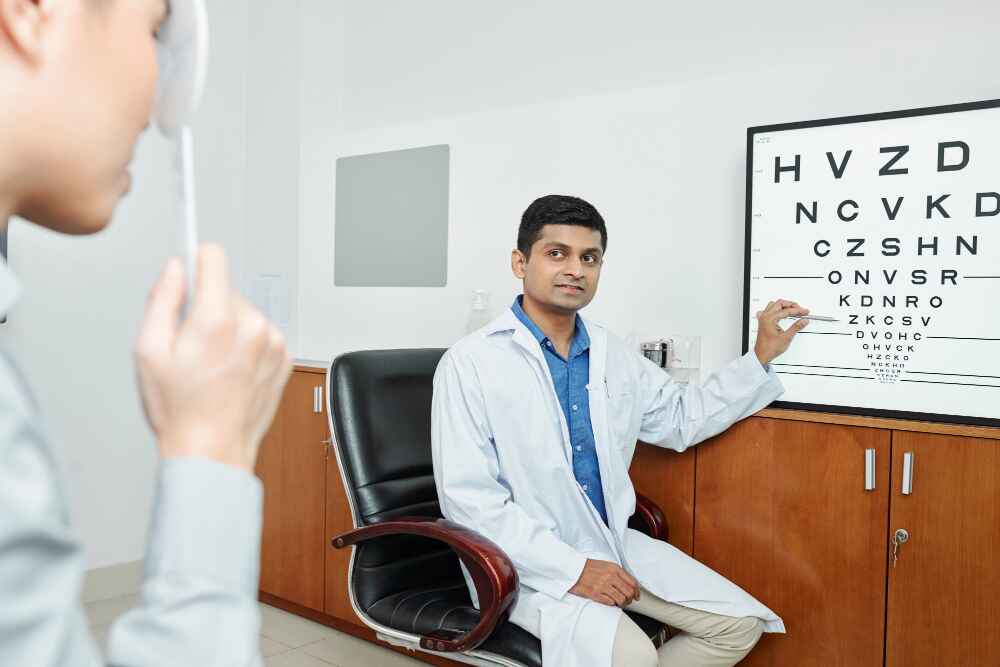
Providing the best consultation to ensure optimal eye health and clear vision for all.
Contact UsWelcome to Dr. Shalini Jain’s Samyak Eye Care Clinic
At Dr. Shalini Jain’s Samyak Eye Care Clinic, we believe that “Your Eyes Reflect the World Around You.” Since 2010, we’ve been committed to delivering exceptional eye care through cutting-edge technology and personalized attention. Our clinic is designed to provide a safe and welcoming environment where precision meets empathy.
“Healthy Eyes, Brighter Future.” As a trusted name in Eye Care Sector, we offer quality eye care that’s both effective and affordable. Whether it’s a routine check-up or specialized treatment, we ensure your vision is nurtured with the highest level of expertise.
“See the Difference, Experience Excellence.” Let us be your partner in preserving, enhancing, and protecting your precious gift of sight.

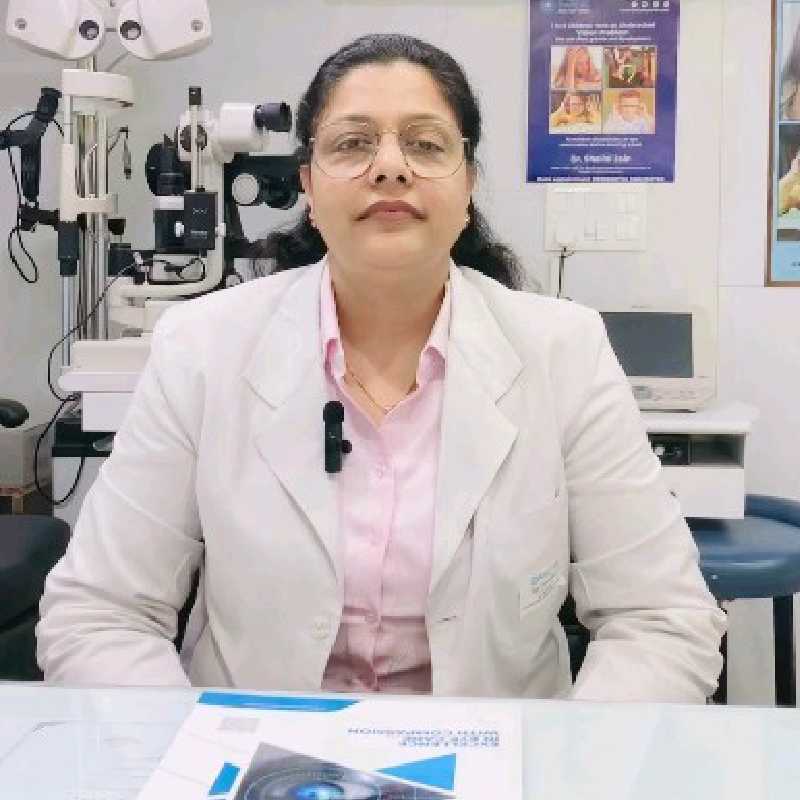
Dr. Shalini Jain, Ph.D., is a distinguished Paediatric Eye Specialist and Fellow of L.V. Prasad Eye Institute. With over two decades of experience, she specializes in pediatric eye care, Vision Therapy, and Myopia Management. She is the founder of Dr. Shalini Jain’s Samyak Eye Care Clinic and a senior consultant at Yashoda Superspeciality Hospital. Dr. Jain has also held key positions at Dr. Shroff’s Eye Hospital and IGNOU, contributing significantly to optometry education and clinical advancements.
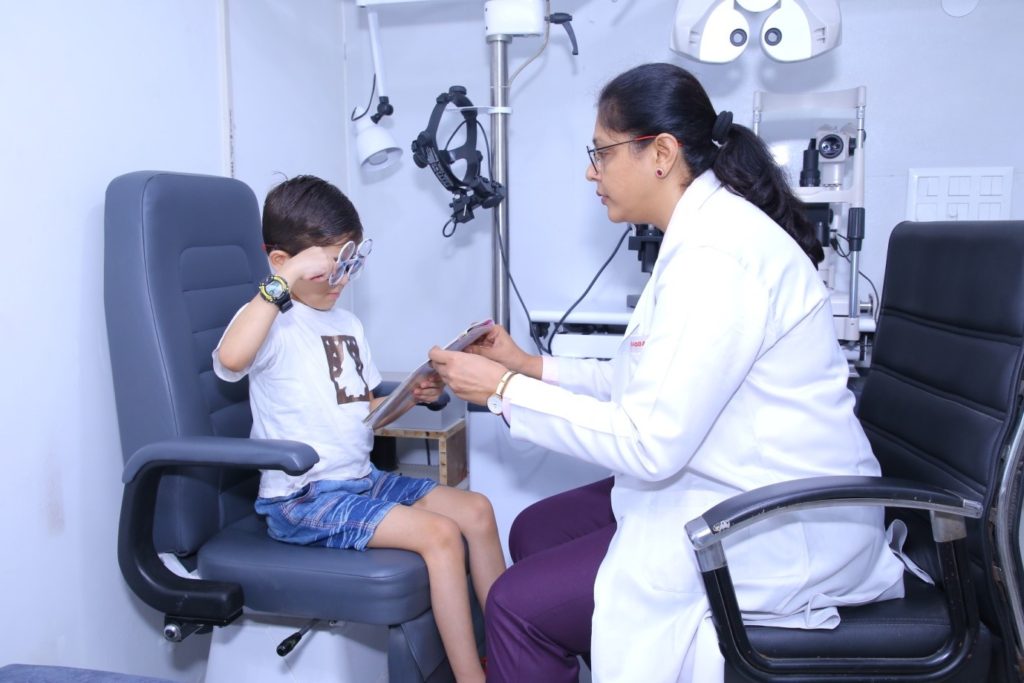
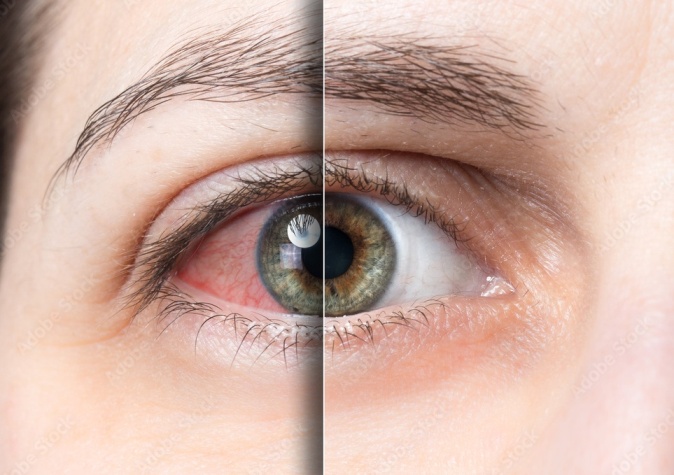
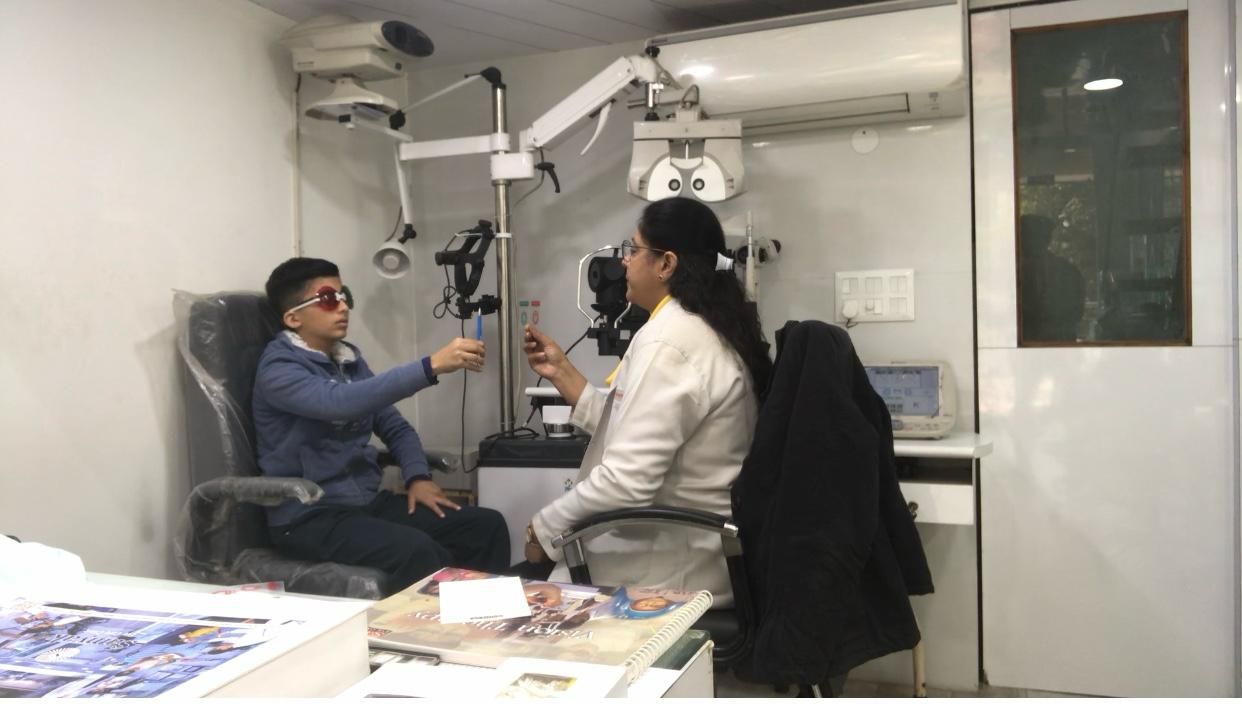


Our laser eye surgery procedures are designed to correct a range of refractive errors.

We offer a range of cataract surgery options to suit your individual needs.

Our Accura Vision program is a testament to our commitment to precision and excellence.

Expert eye treatment for children to address various vision and eye health issues effectively.

Our advanced techniques help manage glaucoma and prevent vision loss.
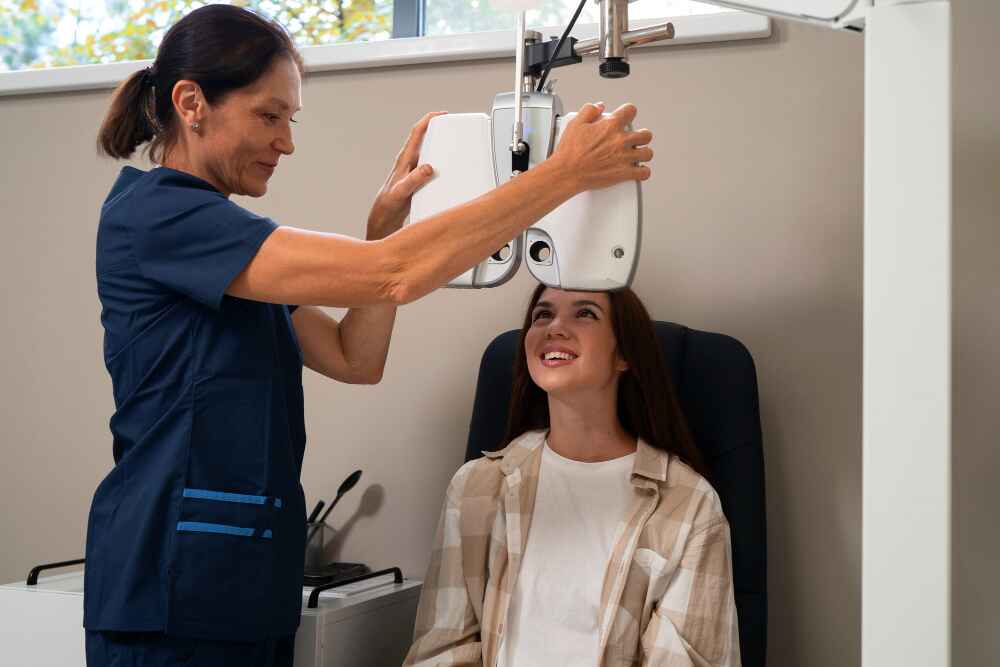
We provide immediate care for eye-related emergencies, ensuring swift recovery.
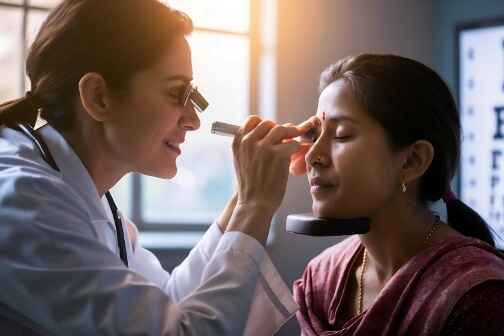
Experience the ultimate in eyewear convenience with our range of Transitions lenses.

Achieve clear vision with our effective vision correction solutions.


Including Sundays, from 10:30 AM to 8:30 PM. Your vision deserves the best care, and we’re here to provide it every single day!